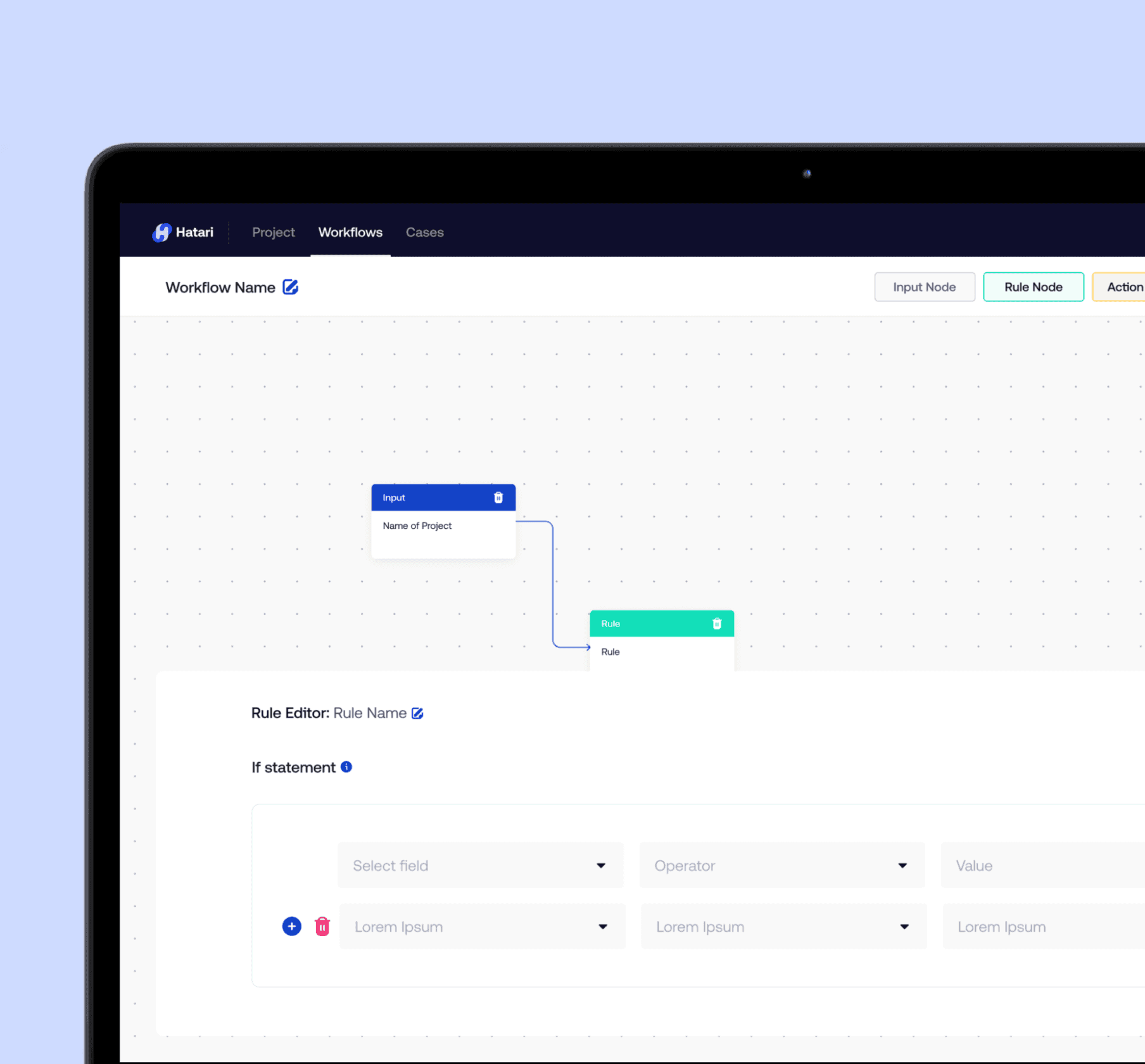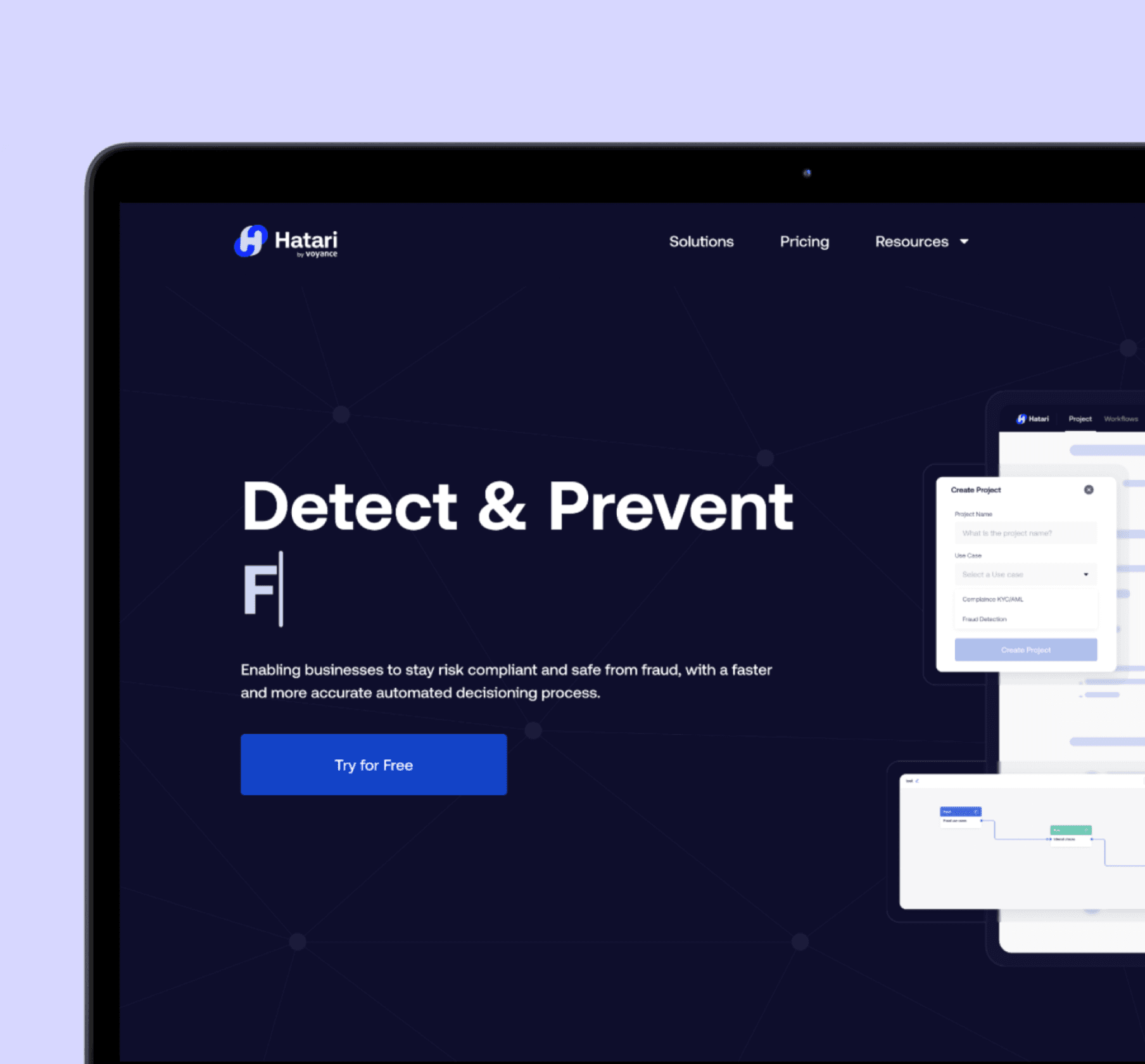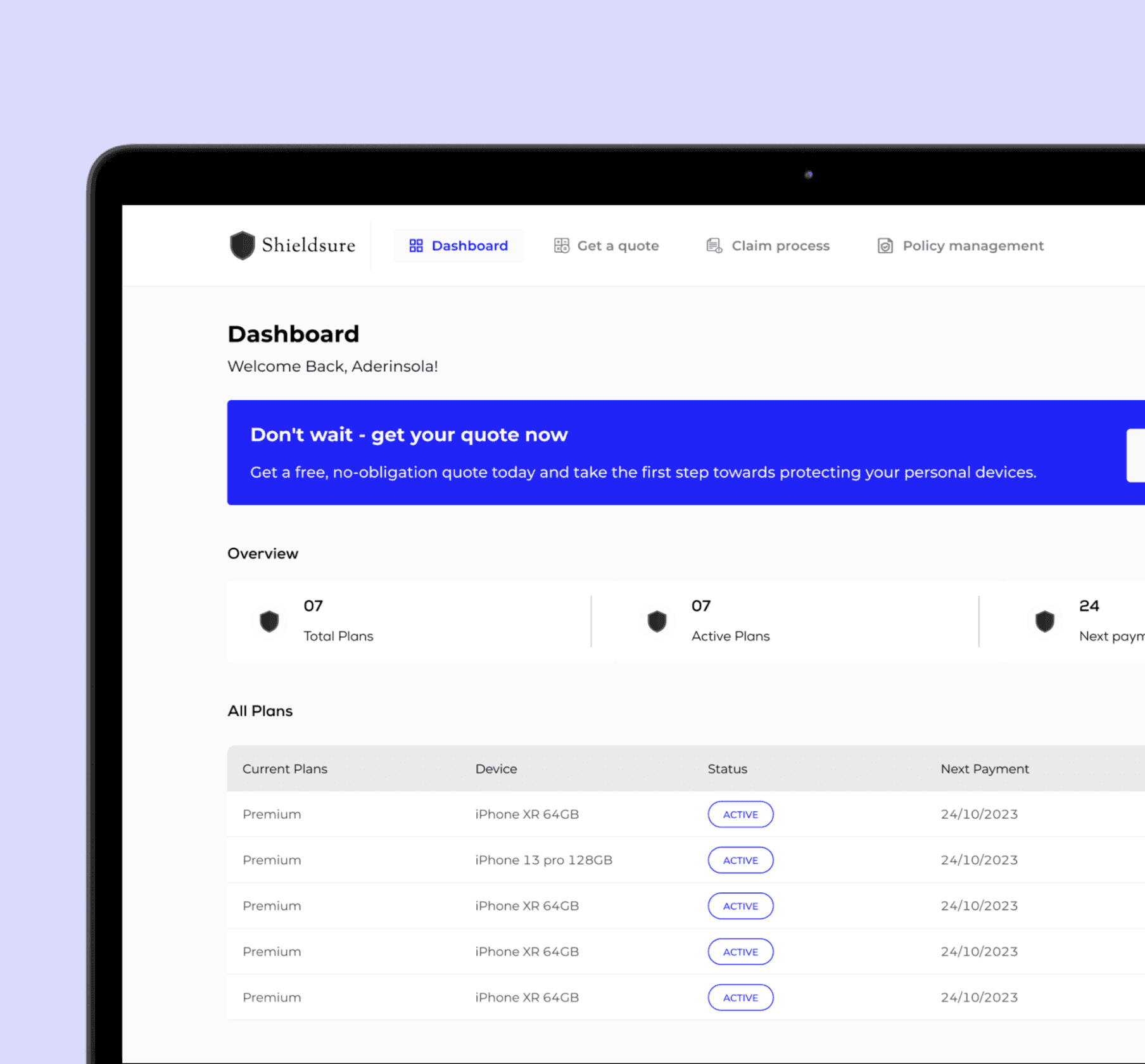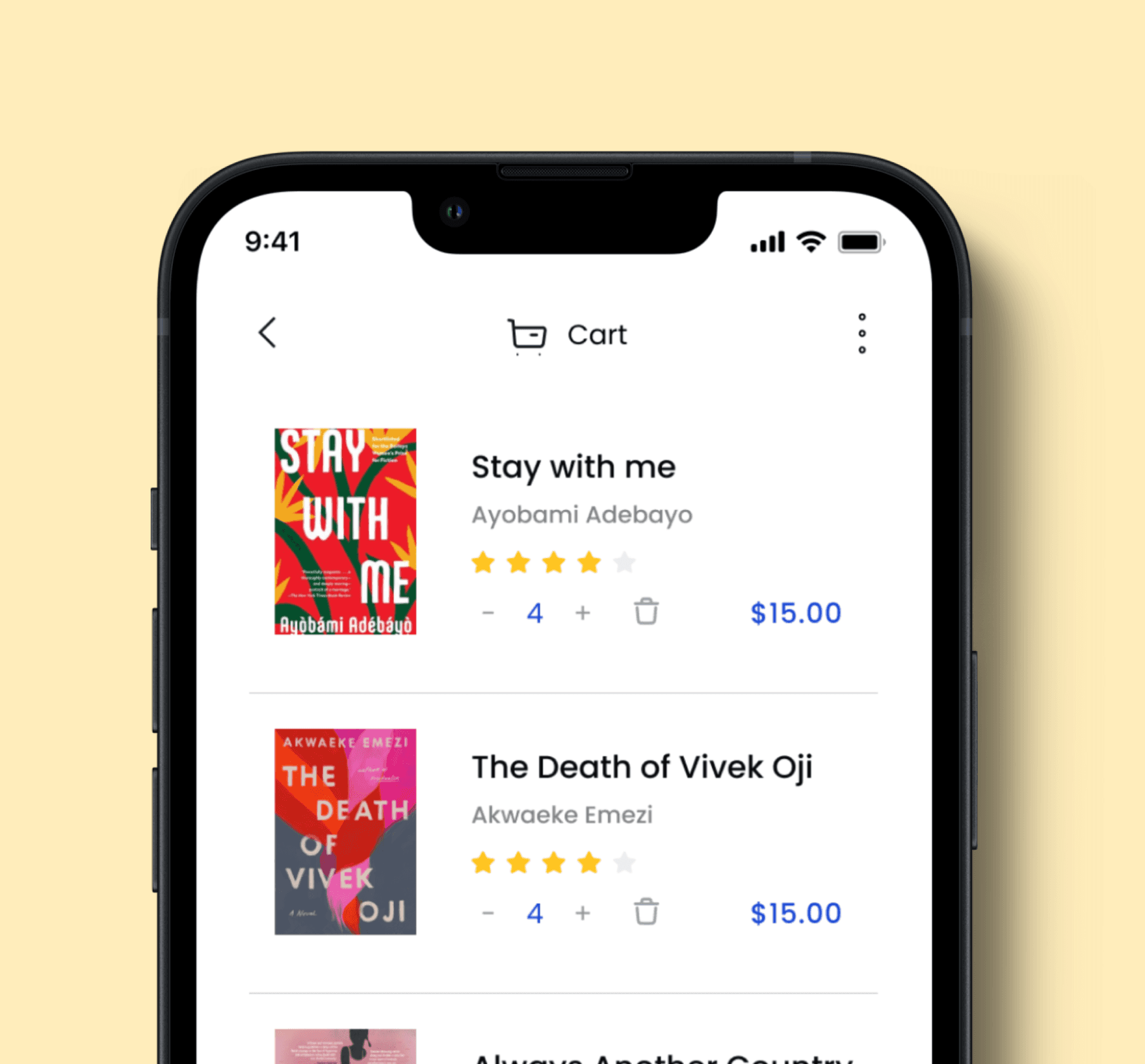Disclaimer
I have limited information to provide on this, but I'm happy to discuss my role and overall responsibilities on the project if you have any questions.
Tools used
Figma
Miro
Google docs
Notion
Product Design
User experience design
Prototyping
Hatari is a cutting-edge tool that optimizes anti-fraud, risk, and compliance operations for financial technology companies taking into respect the various contexts peculiar to Africa. Hatari is built to help financial technology companies automate their decisioning processes, making their anti-fraud operations more efficient and effective.
This tool uses advanced algorithms and machine learning techniques to analyse and monitor transactions, payments, and onboarding processes in real-time.
Hatari empowers you with a no-code canvas to customize workflows peculiar to your organisations pain points helping you identify potential fraudsters and take action to prevent them from causing any harm whether you are a lean team or an established organisation.
The fight against fraud should not be a constant struggle, that's why this tool was built, to help financial technology companies automate their decisioning processes, making their anti-fraud operations more efficient and effective. It is understood that fraud is a major problem that affects not only the financial industry but also the general public. Fraudsters are always finding new ways to exploit weaknesses in the system, which is why it's critical that financial institutions have the right tools to detect and prevent fraud.
My experience
Working as a product designer on this project was a valuable and enlightening experience for me. This was the first time I had been tasked with designing a complex product entirely on my own, which required extensive research and study to develop an intuitive design that adequately addressed the problem and communicated the solution effectively to the user.
Throughout the project, I worked closely with the team, and I was fortunate to be part of a highly communicative and supportive group. This enabled me to have my ideas and suggestions heard every step of the way, and I felt valued as a team member.
As the product designer, I was responsible for developing the product's user interface and user experience, ensuring that it was intuitive and easy to navigate while also being aesthetically pleasing. This involved creating wireframes, designing visual layouts and prototypes, and conducting user testing to gain feedback and iterate on the design.
To achieve the product's objectives, I worked tirelessly to ensure that the design addressed the primary issues faced by financial institutions in their fight against fraud.
Overall, working on this product was an incredibly rewarding experience for me as a product designer. I learned a great deal about designing complex products, collaborating with a team, and implementing effective solutions to real-world problems.




